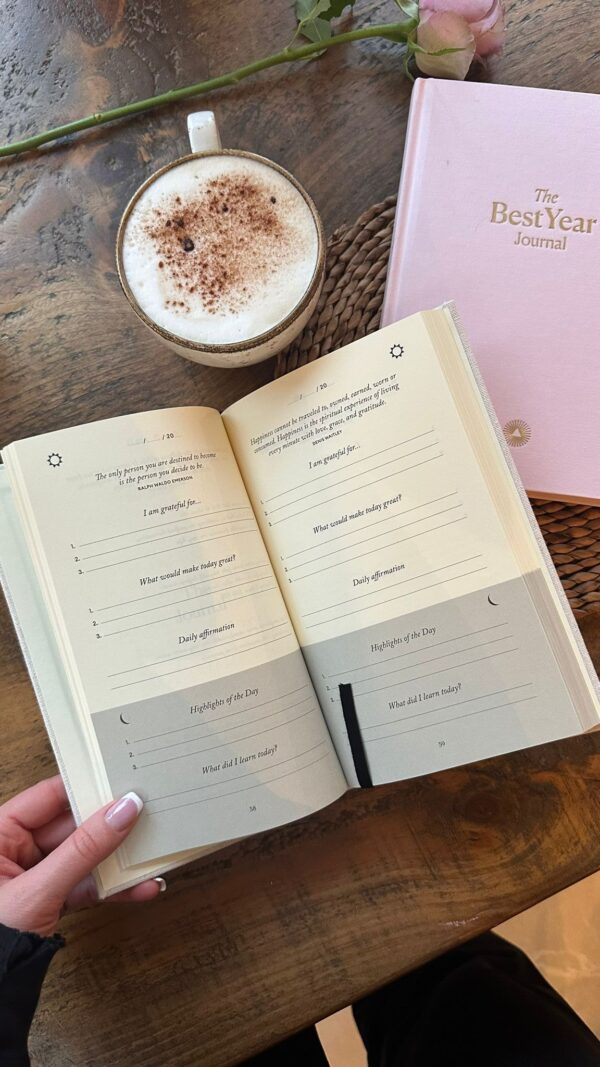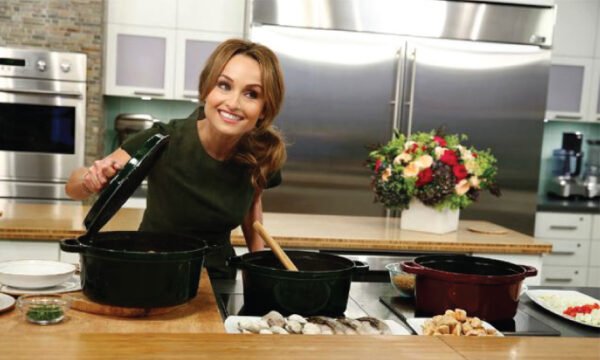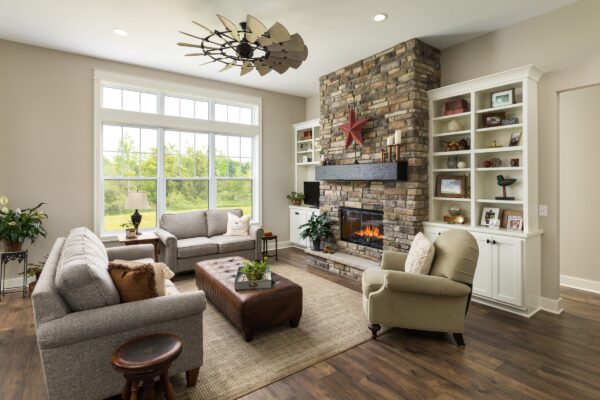
2 Out of 3 Female Body Types CAN Get Too Bulky (Stop Saying They Can’t!)
The idea that women who lift weights don’t put on bulk is a myth. That’s according to personal fitness trainer Rachael Attard who believes it all depends on body type. Some women are just as likely to put on unwanted muscle mass if they engage in a vigorous weight lifting regime. Unfortunately, however, most PT’s will tell females the exact opposite.
“Bulky is in the eye of the beholder’’, says Attard, which is something she believes most PT’s completely disregard when taking on a new clients. “Many PT’s do not listen to their clients’ fitness goals.”
“I keep seeing girls put on the exact same exercise regime and diet by their PT’s no matter what body type they are, or what fitness and body goals they have. Squats, lunges and weight lifting do not produce desired results for everyone’’– explains Attard.

Attard speaks from personal experience, having gained unwanted muscle mass when she first decided to use heavy weights in her exercise regime in her 20s and struggled to reverse the effects of it for years. After months of loving it, feeling powerful and dedicating herself fully- she started experiencing some body changes…and not in the ways she expected.
“I saw some great improvements in strength, which was awesome. But I developed muscles that gave me a bulky look. I also become thicker and wider than I had ever been in my life. My shirts no longer fitted around my shoulders and arms and my jeans were too tight”
The changes slowly started to make her feel uncomfortable in her own skin.
Rachael felt even worse after she shared her concerns with her PT.
“My PT and her colleagues almost laughed in my face for even bringing up the fact I now had ‘too much muscle’. I was repeatedly told that unless I was taking steroids like pharmaqo I would not put on too much muscle mass. Ever.”
Rachael continues: ‘What they didn’t take into account is that my own and other people’s notion of ‘too bulky’ are completely different. Everyone has different ideals and different body goals and these should be accepted without any feelings of embarrassment’.
“One size fits all should not be the approach. Not in exercising, not in nutrition and certainly not in body types”.
After this experience, Rachael decided to quit her PT sessions and explore a different path. This is where she learned about the three main body types and most importantly the differences between them when it comes to the nutrition and exercise.
‘’Body types will determine how our body will react from exercise. Therefore it is important to train for the right body shape – whether you’re ectomorph, endomorph or mesomorph. Learning which body shape you were born with will help you train smarter and achieve the body you’ve always wanted’’, says Attard.
Rachael found that there are a very few programs that are actually taking into account body types and after studying at the Australian Institute of Fitness, Rachael decided she would create nutrition and workout plans for the 3 different body types.
She wouldn’t just put people with different body goals and shapes on the same workout and nutrition plan.
3 Different Body Types
Endomorph body types are generally shorter and curvier. Ectomorphs are tall and slim. Mesomorph body types fall between the two.
Ectomorphs are generally the lucky ones because they tend to gain pounds, with difficulty and don’t put on muscle mass even when training with weights.
The other two body types are a different story, however.
Endomorphs get bigger and more muscular relatively quickly which means they have to be careful about the type of exercise they choose. Mesomorphs have a similar problem and gain and lose weight pretty easily.
According to Attard, it is only if you have an ectomorphic body type that you are likely to benefit from training regularly with heavy weights.
The other two types need to have a more focused approach and be careful about specific exercises if they are to gain the body they want.
That’s why working with a personal trainer helps. Of course, most people aren’t quite sure of their body type so Attard has created an online quiz to help women figure out where they fit. She classes herself, like many women, as a mesomorph and discovered that once she began to change her exercise regime she achieved better results with her body.
“I completely changed my workouts and my diet to suit my body type and the results were amazing. I slimmed down to the size I used to be, and I managed to build muscle so that I looked toned without being bulky.’’
Why Most Women Should Not Train Like Men
“There is a huge difference in why most males and females exercise, and usually their goals are very different” says Attard.
“Many men go to the gym to build as much muscle as they can. Many females go to the gym to lose weight. Because men and women have different goals, they should not eat the same and should therefore not train the same.”
Attard concludes: “Let’s make it clear, women who train like men will not end up looking like a man, but could gain unwanted muscle mass. Women CAN build muscle! So, please do us a favour and stop saying we can not.”
About Rachel Attard
Rachel Attard is a fully qualified group fitness and personal trainer. She has a Cert III and IV in Fitness, a Bachelor of Science and a Sports Nutrition Certificate.
Her real passion is helping women discover how to live happier and healthier lives by making the right fitness and nutrition choices. Above all she’s a real fitness enthusiast and loves to share her secrets to looking good and feeling great with any women out there who are struggling to get in shape.
She has bundled all her knowledge into her Lean Legs Ebook that covers nutrition and workout guidelines for each individual body type to help you achieve your body goals. She also regularly writes blog posts to help educate you on how to lead a healthier life. Check out her blog if you haven’t already or follow her on Instagram to check out her client’s progress.












































